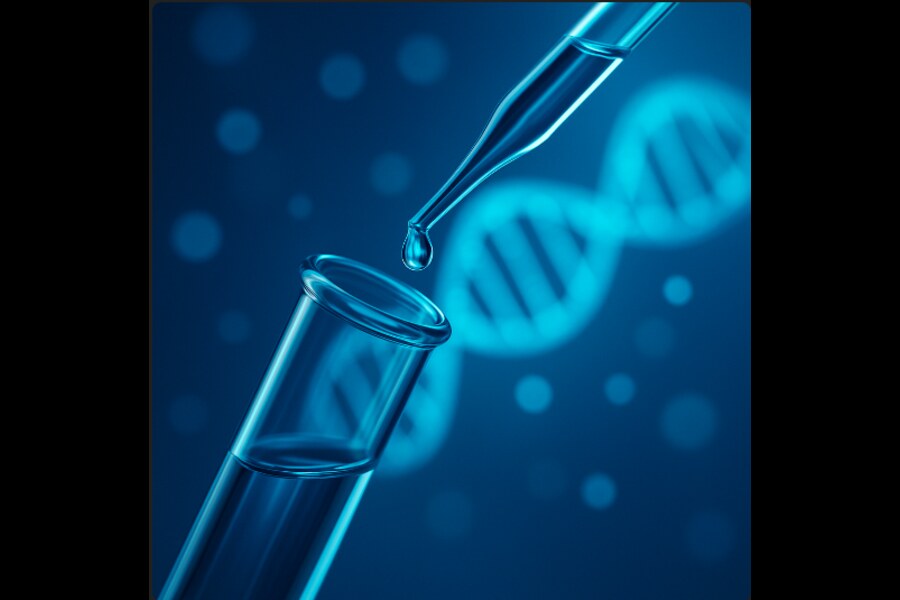In the ever-evolving landscape of biotechnology, mergers and acquisitions (M&A) have become pivotal strategies for growth, innovation, and market dominance. Leading pharmaceutical giants like Pfizer and Eli Lilly are at the forefront of this consolidation wave, leveraging M&A to bolster their pipelines, enter new therapeutic areas, and navigate the challenges of patent expirations and competitive pressures.
The Strategic Imperatives Behind Biotech M&A
Biotech M&A activity is driven by several key factors:
- Pipeline Expansion: Acquiring companies with promising drug candidates allows big pharma to replenish their pipelines without the time and cost associated with in-house R&D.
- Market Diversification: M&A enables entry into new therapeutic areas or geographic markets, spreading risk and opening new revenue streams.
- Patent Cliff Mitigation: As patents expire, acquisitions can offset potential revenue losses by introducing new, patent-protected products.
- Technological Advancement: Biotech firms often possess cutting-edge technologies (e.g., gene therapy, mRNA platforms) that larger companies seek to integrate.
Global M&A Activity: A Regional Overview
United States
The U.S. remains a hotbed for biotech M&A:
- Pfizer: In 2022, Pfizer acquired Arena Pharmaceuticals for $6.7 billion, enhancing its immuno-inflammatory disease portfolio.
- Eli Lilly: Lilly’s focus on obesity treatments led to the development of orforglipron, a promising oral GLP-1 receptor agonist.
Europe
European biotech has seen significant M&A activity:
- AstraZeneca: Acquired Belgian firm EsoBiotec for up to $1 billion, focusing on in-vivo CAR-T cell therapies.
- Amolyt Pharma: The French biotech was acquired by AstraZeneca for approximately $1.05 billion, highlighting the value of rare disease treatments.
Asia
Asian markets are increasingly active:
- Takeda Pharmaceutical: In 2019, Takeda acquired Shire for $62 billion, marking one of the largest pharma deals, aimed at strengthening its rare disease portfolio. M&A Equilibrium
Australia
Australian biotech is gaining prominence: M&A Equilibrium
- CSL Limited: Acquired Swiss company Vifor Pharma for $11.7 billion in 2022, expanding its nephrology and iron deficiency treatment offerings. Africa
While biotech M&A in Africa is nascent, the continent presents opportunities for growth, particularly in generic medicines and vaccine production.
Top 15 Biotech M&A Deals
| Rank | Acquirer | Target | Value (USD) | Year |
| 1 | Bristol-Myers Squibb | Celgene | $74B | 2019 |
| 2 | Takeda Pharmaceutical | Shire | $62B | 2019 |
| 3 | Pfizer | Wyeth | $68B | 2009 |
| 4 | Roche | Genentech | $47B | 2009 |
| 5 | AbbVie | Allergan | $63B | 2020 |
| 6 | Merck & Co. | Schering-Plough | $41B | 2009 |
| 7 | Amgen | Horizon Therapeutics | $27.8B | 2023 |
| 8 | Johnson & Johnson | Actelion | $30B | 2017 |
| 9 | Gilead Sciences | Immunomedics | $21B | 2020 |
| 10 | Sanofi | Genzyme | $20B | 2011 |
| 11 | Amgen | Onyx Pharmaceuticals | $10.4B | 2013 |
| 12 | CSL Limited | Vifor Pharma | $11.7B | 2022 |
| 13 | Gilead Sciences | Kite Pharma | $11.9B | 2017 |
| 14 | AbbVie | ImmunoGen | $10.1B | 2024 |
| 15 | AbbVie | Cerevel Therapeutics | $8.7B | 2024 |
Successes and Challenges
While many M&A deals have been successful, integrating diverse corporate cultures and realizing projected synergies remain challenges. For instance, Pfizer’s acquisition of Seagen for $43 billion aimed to enhance its oncology portfolio, but analysts have expressed concerns over integration and return on investment.
Conversely, AbbVie’s acquisition of Allergan has been largely successful, diversifying its revenue streams beyond Humira and strengthening its position in aesthetics and neuroscience.
The Road Ahead
As the biotech industry continues to evolve, M&A will remain a critical tool for pharmaceutical companies to drive innovation and growth. However, success will depend on strategic alignment, effective integration, and the ability to adapt to an ever-changing healthcare landscape.

